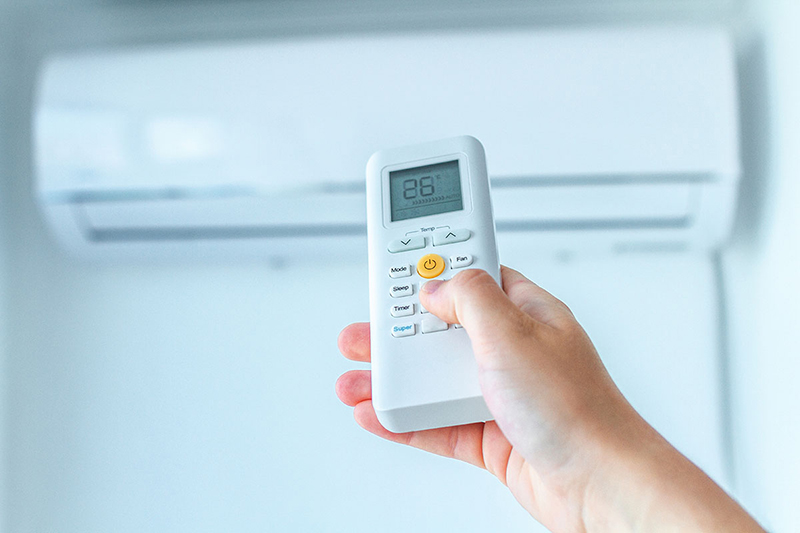
Heard the terms R410-A and R-32 often when you were deciding on an air conditioner to buy? These terms refer to different types of refrigerants used in today’s modern air-conditioning units. Refrigerants have come a long way since two of the very first chlorofluorocarbon (CFC) and hydrochlorofluorocarbon (HCFC) refrigerant compounds used, R-12 and R-22, the latter also otherwise known as Freon. A refrigerant is a chemical compound your air conditioner uses to absorb heat from the environment that goes through compressors and evaporators to supply cool air. The History of A/C Refrigerants These refrigerants became standard refrigerants used in residential air conditioners for many decades to come. Later on, as scientists discovered that chlorine, a component of these refrigerants, is damaging to the earth’s ozone layer, it began to phase out over time in phases. The Rise of New Refrigerants A long time later in 1991, the R410-A refrigerant, a hydrofluorocarbon compound (HFC), was introduced and began to take over R-22 as its most widely used alternative. This refrigerant is widely found in Mitsubishi Heavy Industries aircon, like the Mitsubishi Heavy Inverter series. , It can also be found in Mitsubishi Electric Singapore air conditioners, including Mitsubishi Inverter 5 ticks models. If you decide to buy Mitsubishi Starmex Inverter air conditioners, it will also use this refrigerant. However, this R410-A refrigerant is slowly being replaced by the newest R-32 next-generation refrigerant, also known as difluoromethane. Below, we discuss the differences between these two refrigerants, and why R-32 is the prime option for new buyers. Global Warming Potential (GWP) Every type of refrigerant has a GWP with carbon as its base, which in itself has a GWP of 1. Compare this: The R410-A refrigerant has a GWP of 2,088, and the R-32 refrigerant 675. This means that for every kilogram released into the atmosphere, it would cause 2,088 times and 675 times respectively the detrimental effect of one kilogram of carbon. This clearly shows that the R-32 refrigerant has negative effects that are two-thirds less than R410-A. Ozone-depleting Potential (ODP) Both refrigerants have an ODP of 0, which means that both are as harmless to the ozone layer. Ease of Use and Recycling Since the R-32 refrigerant is an organic gas that is a single component refrigerant, it is easy to reuse and recycle. The R410-A refrigerant is a mixture of difluoromethane and pentafluoroethane, so it becomes more difficult to do the above. Efficiency In terms of volumetric cooling capacity (VCP), R-32 has a lower VCP as opposed to R410-A that has a high VCP and needs bigger pipes. It also offers longer pipe runs unlike the R410-A refrigerant. Drawbacks of R-32 A notable downside of using R-32 is its flammability as a grade A2 gas. Despite this however, it has been successfully used in many countries without any issue. It is possible to reduce the flammability risk using heat-transfer equipment that possesses a low refrigerant charge.